Aeropoxy | Rogozarski IK3 Full Resin Kit
Reviewed by Saso Knez & Dan LoRusso
"A full resin kit of a what?"
Let's start by getting the right frame of mind set: Yak-1, Hurricane, D-520, Bf 109C, MiG-3, Spitfire Mk.I...and finally the IK-3. This is the group of early war fighters in which the revolutionary features like the monoplane, closed cockpits, variable pitch airscrew and retractable landing gear were first introduced. Yugoslavia at that time was far removed from the place that has been frequented by TV crews in the past decade. Yugoslavia at that time was a kingdom. And the Royal Yugoslav Air Force flew a wide array of aeroplanes. From the Do-17 to Bleinheims and from Bf 109E-3s to Hurricanes. Many of these planes were produced under license. So the odd cross of grafting the fuselage of the Hurricane to the DB-601 by the Yugoslavian aviation industry was at an advanced stage of development. The epitome was the IK-3, a bastard child of a Yak-1 (or D-520 in Dan's eyes) and the Hurricane. The fighter was obviously developed under with great influence from French aviation design. Built around the Hispano Suiza engine with the Hurricane fuselage and a wooden Yak-1 like wing the fighter was light in design and therefore devilishly agile. But as the first series was completed under the shadow of the gathering war clouds little could be done on the second series. In March 1941 the Yugoslav leadership signed a pact with the Third Reich. The only snag being that a few days later the people of Yugoslavia uprose and the pact was nullified. Yugoslavia now headed for war. The six ready IK-3 fighters took up their role in the defense of the capital and fought the hard battle for four days seeing many defeats and a few bright victories. None of the aircraft survived the war.
The Kit
Consists of over 40 resin parts with minimal flash (mostly on the smaller parts) a plastic tube and small metal rod for the prop, 3 very clear vac canopies,the national markings "Cool Masks", canopy frame mask, water slide decals, kit instructions, painting instructions with FS numbers and Humbol/Compucolor/Gunze Sangyo color numbers and "Cool Mask" instructions.
Instructions
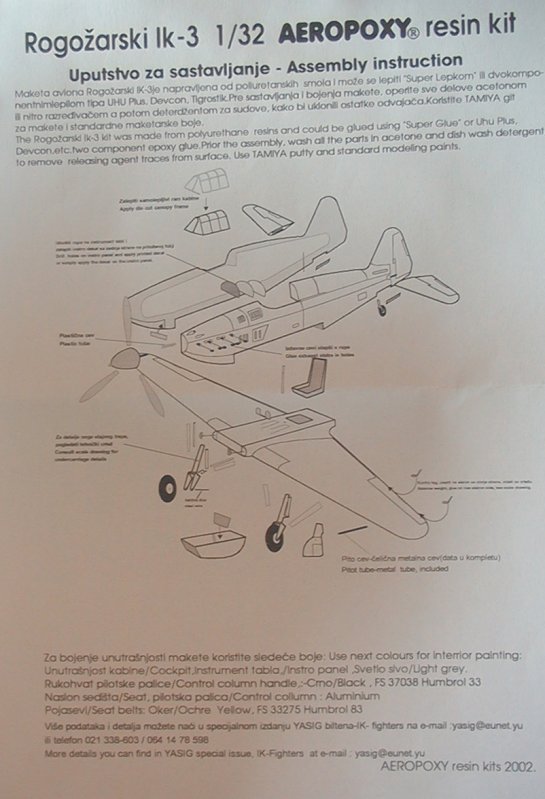
The instructions are of the exploded type which often come in resin kits. We both went through them and they seem to cover the construction adequately. Separate painting instructions are provided and third leaflet is provided for handling the pre-cut masks.
Fuselage
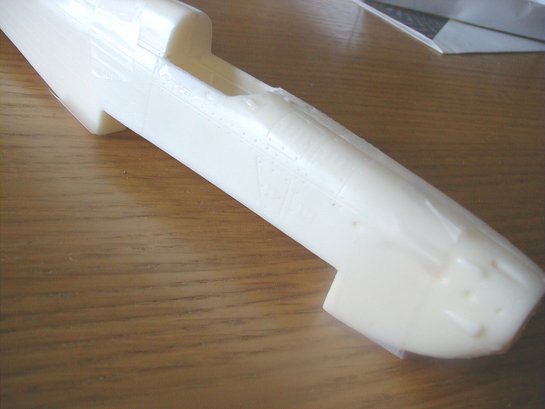
The fusleage is the weakest part of the kit. it is cast in two parts as usual. The halves are about 3mm thick and the inner cockpit details are nicely cast. The panel lines are petite and the engine cowling is very nicely cast and detailed.

The biggest problem we have is that the rudder is not well cast and there are some molding errors. This appears to be a problem with the mold. We think that the best way to correct this is to make a new rudder, which may be simple enough. When the halves are taped together one finds that they match nicely. We would suggest that one sands the mating surfaces to insure a smooth fit.
The other thing we each have done is to try out the fit of the taped together fuselage to the one piece wing. Now the fit here impressed us since it was really nice and square and will require minimal fill.
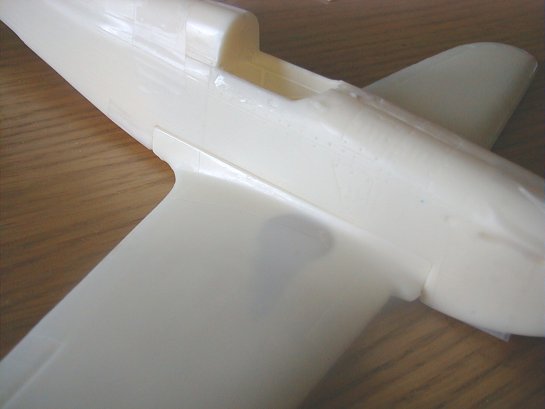
The spinner is fitted to the fuselage with the suplied rod. Note to take care when glueing the tail planes inplace since it is a slighty loose fit.
Cockpit
The cockpit is of the tubular framed Hurricane variety. The side details are cast in the fuselage halves while the floor detail is cast on the wing section. A decal instrument panel is provided to be placed over the resin panel. The seat is nice appears a bit too large. Seeing that there is only one known photograph of the cockpit it's hard to tell. (Dan feels either the Delta bits RAF ighter seat or the Hurricane seat available through Warbirds Productions. For competition level you may want to make a new control stick, and some details on the fuselage sides ( throttle quadrants, levers, etc. Taking some details from similar aircraft such as the Hurricane should be close).
Wings
Wings are absolutely superb in this kit. Despite the fact that the wing is a large single piece of casting it showed no errors. The wheel wells are deep enough. In fact you can see daylight through them. Again excellent and the quality of the wing scribing is superb.
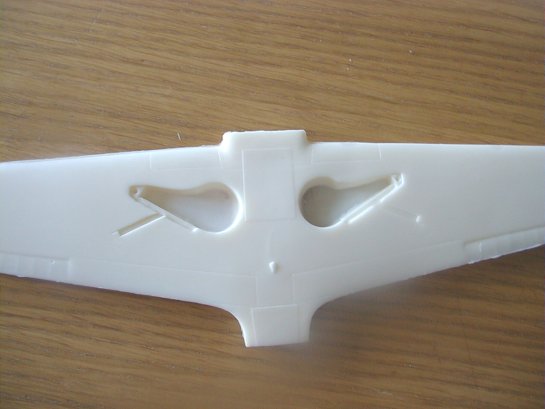

Keep in mind that the IK-3 wing was wooden, and therefore it didn't have much details. The same goes for the wheel weels. The lower wing on first inspection has a bit of flash on the outside. On closer inspection, this flash "bowl" seems to keep the wing stiff and warp free during shipping. The flash isn't thick and is quite easy to remove.
The underwing oil cooler is very nice, but requires some sanding to get it to fit the wing perfectly.

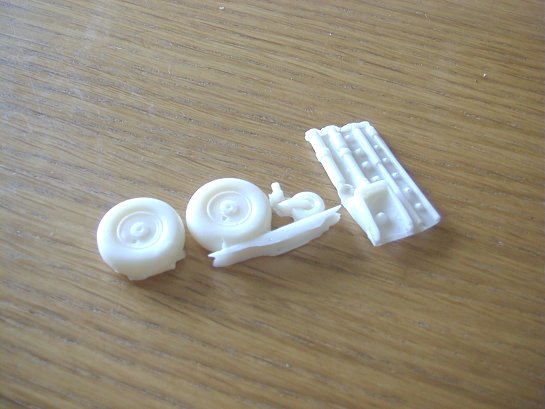
Small Part
The little parts are cast in one large piece of resin so some removal work will be necessary. Nenad wasn't able to make while metal landing gears so he made them in resin. While experience will show how they fare we took one star off just for that. Otherwise the wheels and everything else is very nicely cast.
Clear Parts
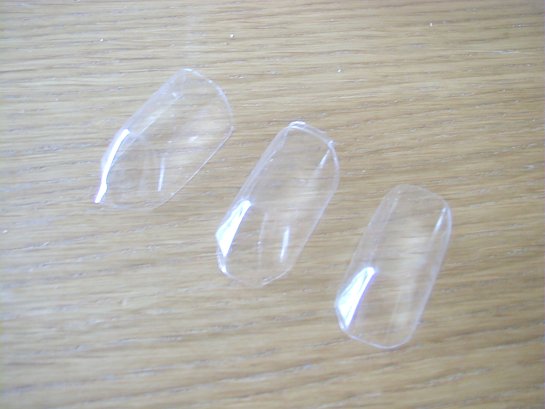
We like them! Three clear are provided and they are crystal clear with no raised detail. Nenad provides a precut self-adhering mask which one just lays over the canopy and the complicated framework will just need to be airbrush.
Markings
Now, as far as national markings are concerned, the bad news is no decals you must paint them. The good news is Aeropoxy supplies the painting masks. The decal sheet includes serial numbers, small stencils and as previously mentioned, the instruments. These combined is also one of the strong points of the kit.My sample was fine, Dans was a little tacky to the touch when he first got them and had some minor damage due to sticking to the instruction sheet.
Conclusion
We give this kit a 3.5 out of total 5. We are very impressed by how good this kit fits together and we also like the way the markings are complete. The details cannot rival Jerry Rutman or Warbirds Productions, but they are better than Marine Aire for example. Two great benifits are the price and the unusual subject. A total price of 60$ is a very fair price for this kit and the exotic subject is enough to turn a few heads at the competition tables. I would suggest this kit to just about for everyone with even the least bit of resin experience. As far as supply goes, the number of kits are limited. In the end we would say this is well worth the money and a superb first 1/32nd scale effort for Nenad of Aeropoxy.
© Saso Knez & Daniel LoRusso 2002
This review was published on Saturday, July 02 2011; Last modified on Wednesday, May 18 2016
